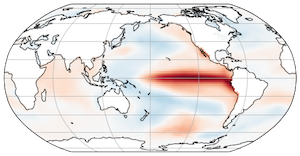Assignment: Basic Python
Contents
Assignment: Basic Python#
Learning Goals
This assignment will verify that you have the following skills:
Create lists and dictionaries
Iterate through lists, tuples, and dictionaries
Index sequences (e.g. lists and tuples)
Define functions
Use optional keyword arguments in functions
Part I: Lists and Loops#
In this problem, we will explore the basic data structures and flow controls of Python by manually creating data structures.
Warning
Pluto is not a planet any more.
1) Create a list with the names of every planet in the solar system (in order)#
2) Have Python tell you how many planets there are by examining your list#
3) Use slicing to display the first four planets (the rocky planets)#
4) Iterate through your planets and print the planet name only if it has an s at the end#
Part II: Dictionaries#
1) Now create a dictionary that maps each planet name to its mass#
You can use values from this NASA fact sheet. You can use whatever units you want, but be consistent.
2) Use your dictionary to look up Earth’s mass#
3) Loop through the data and create a list of planets whose mast is greater than 100 x 10^24 kg#
Display your result
4) Now add pluto to your dictionary#
Part III: Functions#
1. Write a function to convert temperature from kelvin to celsius#
and celsius to kelvin
2. Write a function to convert temperature to fahrenheit#
Include an optional keyword argument to specify whether the input is in celcius or kelvin. Call your previously defined functions if necessary.
3) Check that the outputs are sensible#
by trying a few examples
4) Now write a function that converts from farenheit#
and uses a keyword argument to specify whether you want the output in celcius or kelvin
5) Write a function that takes two arguments (feet and inches) and returns height in meters#
Verify it gives sensible answers
6. Write a function takes one argument (height in meters) and returns two arguments (feet and inches)#
(Consult the tutorial on numbers if you are stuck on how to implement this.)
7) Verify that the “round trip” conversion from and back to meters is consistent#
Check for 3 different values of height in meters

